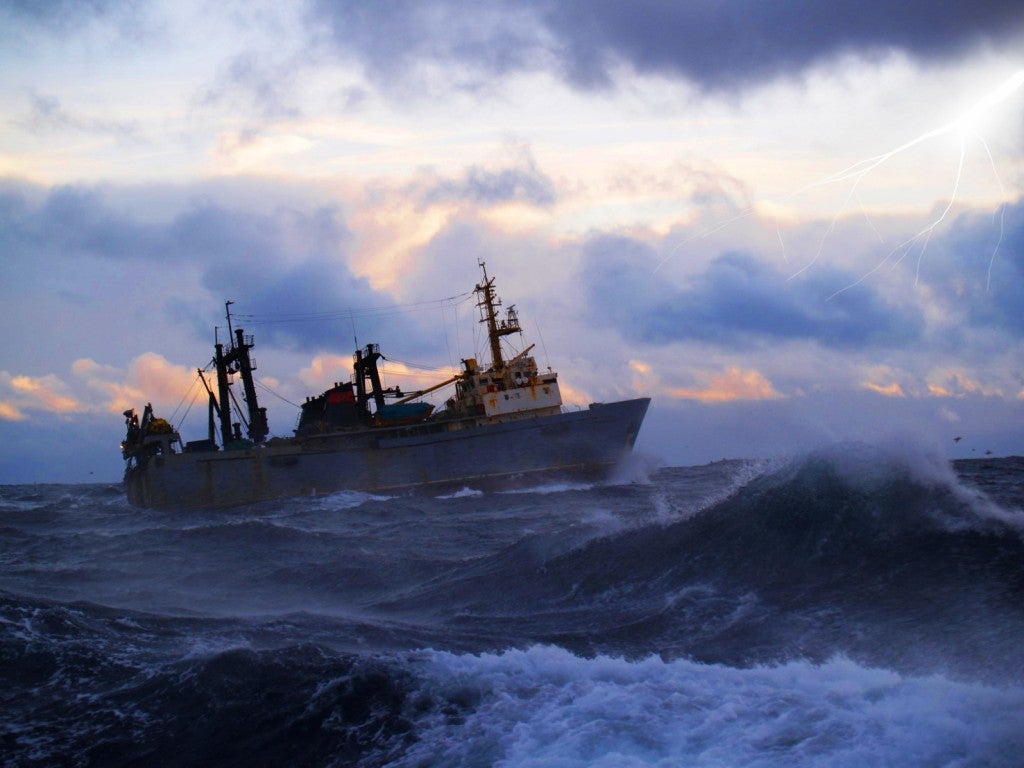 NPR’s Planet Money recently featured the Alaska Halibut fishery in a compelling story of how the commercial catch share system has dramatically improved safety for fishermen while preventing overfishing, ensuring a higher quality product, and allowing fishermen the time to invest in their fishing businesses.
NPR’s Planet Money recently featured the Alaska Halibut fishery in a compelling story of how the commercial catch share system has dramatically improved safety for fishermen while preventing overfishing, ensuring a higher quality product, and allowing fishermen the time to invest in their fishing businesses.
Before the catch share, seasons were increasingly shortened until fishermen were forced to race against each other in 24 hour derbies—often risking their lives and their equipment. After the new rules were put in place, fishermen were given a total number of fish they could catch, rather than being constrained by a short time window. The catch share program is part of the reason why the Coast Guard reported zero operational related commercial fishing fatalities in Alaska in Fiscal Year 2015.
Fishing is inherently dangerous but it’s still important to look at the several ways to make it safer. Inspections, the use of safety gear and training all make a difference. So can the way fishing regulations attempt to address overfishing.
Regulators often unintentionally create a race to fish by setting short seasons or giving boats just a limited allocation of days to be on the water. Under those circumstances, sitting out bad weather or letting exhausted crews come ashore is harder to do because it results in lost opportunity and lost revenue.
Catch shares eliminate the race to fish. Instead of fishing in a derby to catch the fish before the competition does and before boats are forced off the water, fishermen can time their trips to the best market and weather conditions. A peer-reviewed study in the journal Marine Policy found on average safety nearly tripled in fisheries in the U.S. and British Columbia that switched to catch shares.
A big takeaway of the piece is that catch shares can be an effective tool to improve safety, flexibility, and sustainability of the fish stock, but they need to be designed in a way that ensures fair and equitable allocations. The importance of design for fair access is something that we encounter in all fisheries, whether domestic or international. If designed well, with all stakeholders involved in the process, this type of management has many important benefits for people and fish.









